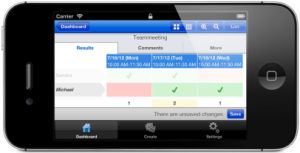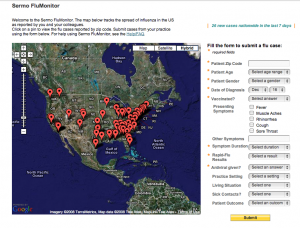
When Steve Jobs got on stage Wednesday, to release Apple’s latest creation the iPad, he described the iPad as a magical and revolutionary device. Whether it is truly revolutionary from a technology standpoint or not, is a debate best reserved for the tech pundits like Endgadget. But we are are more interested how it can revolutionize health care. So here is how we think the iPad can do this.
1. Accelerate electronic medical records adoption in hospitals- eMR and eHR have been talked about for a while but there is still a lot of resistance and inertia in the healthcare community. We think the popularity of the iPad can help change that in a way tablet pcs never could.
2. Apps for health care- There’s an app for that. Imagine what web 2.0 did to the airline and restaurant business. Reviews, reservations, social networking. We think iPad will serve as a platform for all those innovative app developers (App developers are you reading this ?).
Everything from scheduling a doctor’s visit to viewing your x-ray (yes on that gorgeous AMOLED 9.7 inch screen ).
3. Paperless for real – Remove clutter and Free up space in Emergency departments and urgent care clinics- There is no need for a registration desk with a big clunky desktop. No paper work to deal with for Reg and insurance staff.
4. More time at bedside and with the patient – If you have ever been to an Emergency department or urgent care, the word waiting has new meaning for you. We think that the iPad adoption in hospitals can reduce the time doctors and nurses spend walking to a nurse’s station or desk to wait for results or write orders and spend more time at bed side. Which means that they can focus more on taking care of you working on the iPad. Research has shown that this can improve outcomes and improve quality of care.
5. Improve communication and entertainment options – Remember the last time you were at your Dentist or Doctor’s office. What did you do in the waiting room? Now imagine reading that Cosmopolitan, the Healthcare Management blog or whatever else you like to read. And while you are reading that your screen flashes with an update on your wait time, test result or even a prompt with some information on your illness. Same if you are in the waiting room of a surgery center eager to hear about your loved one. The possibilities are endless.
Magical or not, the more popular the iPad gets we believe it can revolutionize health care delivery and, without the tedious debates on Capitol Hill.

